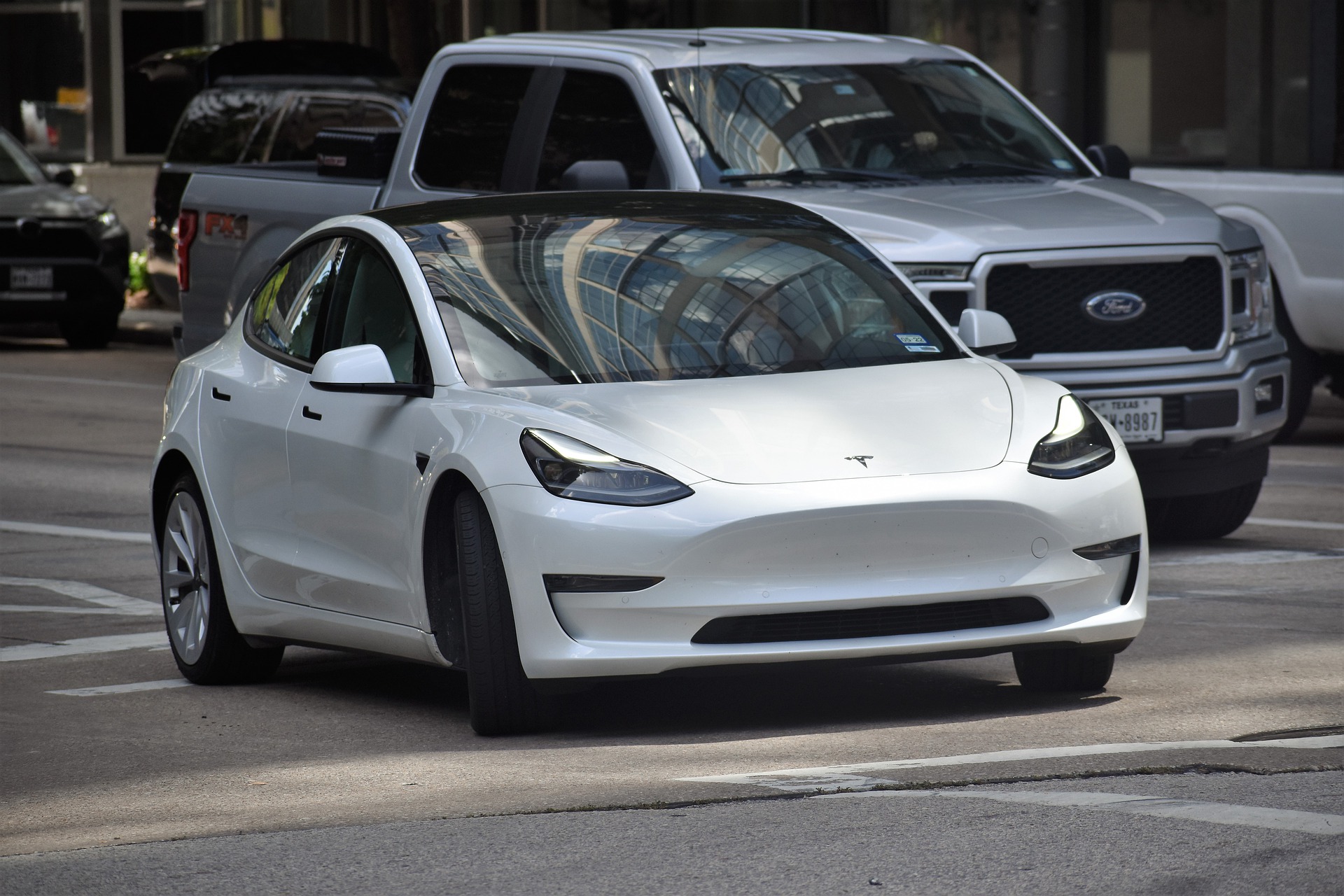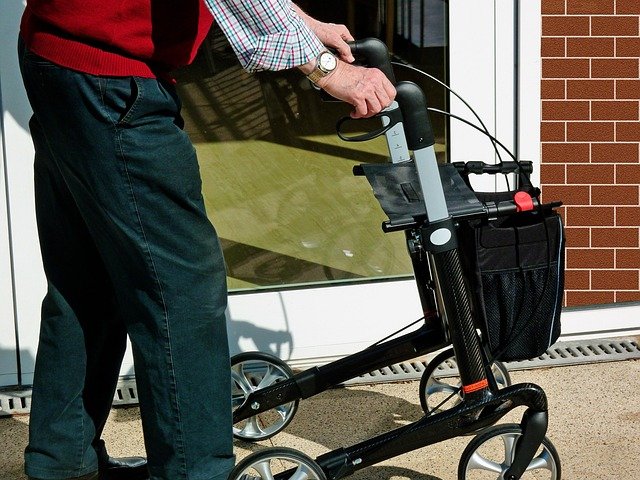Reigniting the Passion for Classic Cars: A Journey into Restomodding
The world of automotive enthusiasts is vast and varied, but there's one niche that's gaining traction: restomodding. This practice elegantly fuses the allure of vintage cars with the advancements of modern technology. Let's delve into this intriguing blend of past and future.

The Art and History of Restomodding
Restomodding, a term combining “restoration” and “modifying,” is a concept that originated in the late 20th century. But it wasn’t until the early 2000s that it truly began to flourish. The initial idea was simple: bring classic cars back to life while adding a touch of the present. This involved restoring the car’s exterior to its original glory, while the interior and mechanics are fitted with modern technology for improved performance and comfort.
The Modern Rise of Restomodding
In the past decade, restomodding has witnessed a significant rise in popularity. This surge is largely fueled by the desire to enjoy the nostalgic charm of classic cars without compromising on the convenience and safety offered by modern vehicles. Today, high-performance engines, digital dashboards, and advanced safety features are common additions in restomod projects.
The Impact of Restomodding on the Automotive Industry
The restomodding trend is reshaping the automotive industry. More and more companies are specializing in this practice, catering to the growing demand. This has led to the creation of jobs, boosted the automotive restoration market, and sparked innovation in integrating modern tech into classic vehicles. However, it also poses challenges, such as maintaining the authenticity of the classic cars and navigating the complex legal landscape around car modifications.
The Future of Restomodding
As automotive technology continues to evolve, so will the possibilities for restomodding. The increasing demand for electric powertrains presents a new frontier. Some restomod practitioners are already beginning to experiment with electric conversions of classic cars, offering a whole new level of performance while reducing environmental impact. The future of restomodding promises to continue this exciting melding of old and new.
Conclusion
Restomodding is a testament to the enduring appeal of classic cars while acknowledging the benefits of modern technology. It represents a unique intersection between past and future, blending nostalgia with innovation. As this trend continues to gain momentum, it will undoubtedly keep influencing the automotive industry and captivating car enthusiasts worldwide.




